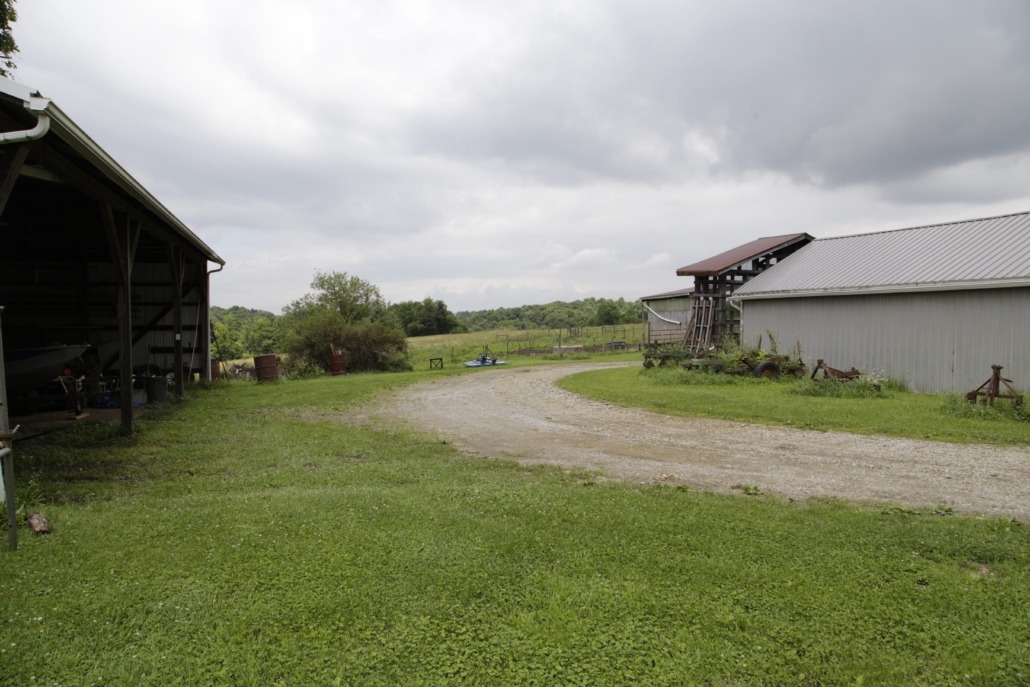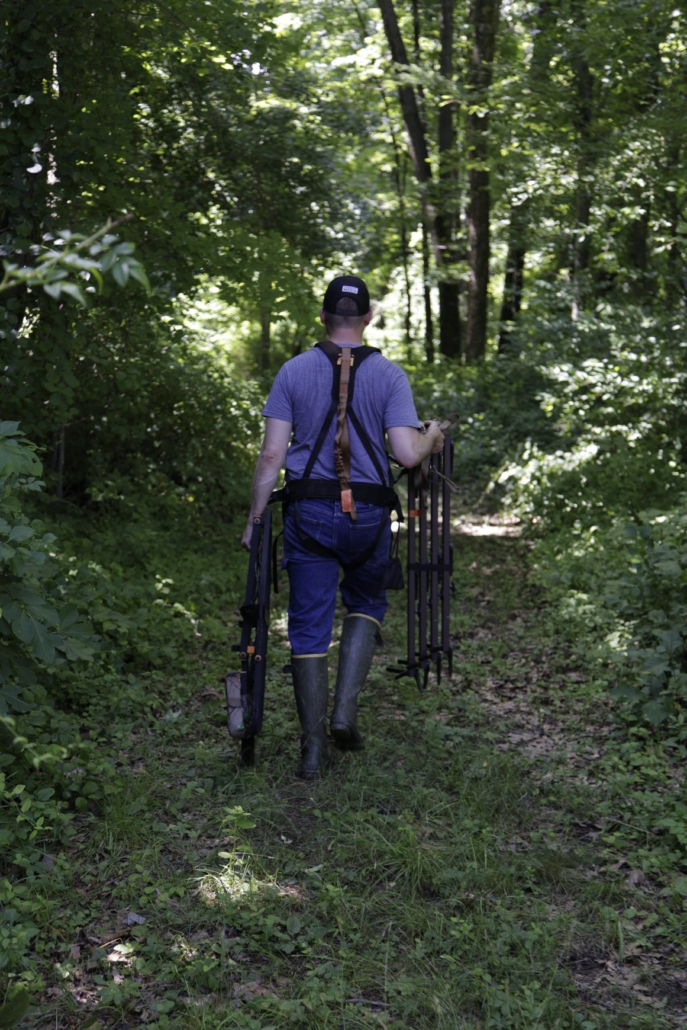Landowner Hunting Lease Checklist | How to Increase the Appeal of Hunting Leases
When you are selling a home, taking some time to spruce up your property before putting it on the market can help increase the “curb appeal” significantly, which usually equals a higher return. It is the same for hunting leases. If you approach it from the lessee’s standpoint, what are the big deficiencies and gaps in your property? Is there some missing element you wish your property could have? What would it take to make your hunting land a slam-dunk for someone who has been looking for hunting leases for a while? Sure big trophy deer hero and trail camera photos make for an attractive hunting lease but there are plenty of other assets your land has to improve upon. Here are a few great ways you can increase the appeal of your hunting land, and ultimately earn more revenue from it. You might not be able to do all of them, depending on what your land looks like and the resources available to you. But if you can check a few of these off this landowner hunting lease checklist, you will almost certainly be able to ask for more money on your hunting leases.
Landowner Hunting Lease Checklist
General Cleanliness and Safety
Do you have old junk piles, out buildings, nails, rusted farm equipment, coils of barbed wire, old wells, or other similar things on your property? Most old farms have at least a few of these lying around, while others are littered with them. This was simply how most farmsteads dealt with garbage and recycling before there were systems in place for it. But they are definitely an eyesore, and you’ve probably been meaning to get rid of them over the years anyway. Cleaning these things up ahead of selling hunting leases will make a big difference in how someone views a property. Think about it – given the choice between similar properties, you would choose one without these junk piles, right? Besides, they can be safety hazards to someone who doesn’t know about them, so you should clean them up before doing a hunting lease agreement anyway.
Hunting Lease Access
When looking for a hunting lease, access is usually high on most people’s hunting lease checklist. Do you have a good, established route into the area you are planning to lease out? Usually, neither party (lessee and landowner) prefers access through the landowner’s personal space. It is a recipe for frustration and anger over time, which will usually result in a lease cancellation.
Is your property accessible via most vehicles – does it have a good gravel driveway without ruts? Or is it only accessible if you have a 4WD truck because of seasonal flooding or rock outcrops? Are there any ATV trails into the property for lessees to use and access more of it? Or last, is there really no access in besides walking? Most hunters would prefer to have good access so they can reliably use the property and make the most out of it.

If there are roads and trails, take some time to clean them up before listing. Remove any trees that have fallen across them, overhanging branches that will scrape vehicle sides, large rocks in the middle of the trail, etc. Also, if you do not already have a locked gate on a trail or road, consider putting one in. This additional barrier makes most hunters feel more secure about leaving their tree stands and equipment there. Plus, it is a good place to hang ‘No Trespassing’ signs to deter would-be poachers and trespassers.
Property Accommodations
One thing you should decide with hunting leases is whether you want to allow people to stay on your land while they are leasing it. If someone has to travel far, it is a nice perk for him or her to stay on the property for a weekend. Is there any kind of a shack or cabin for lessees to stay in while on the property? Alternatively, do you have a space for them to put a tent or camper temporarily? This can make a big difference for some lessees. If there is a space to stay, is there also electricity or water? Not all hunters want to be connected like that on a hunting lease, but it is nice to have the option should someone want it.
Do you have an old barn or outbuilding that you could make available for ATVs, farm equipment, food plot gear storage, etc. so lessees do not have to cart everything back and forth? As long as there are certain rules and limitations in place in the lease agreement (to avoid someone storing all their junk on your land), this is an added benefit – especially for those who have to drive a few hours to get there.
Habitat Quality
How is the existing habitat on your hunting leases? If it is less than perfect for deer, turkeys, and other game animals, is there anything you could do before leasing to improve the habitat? Thinning timber or doing clear-cuts will encourage early successional forest that most game animals thrive in. Disking fields in the fall can help promote more forb species (i.e., food for deer and turkeys) next year. Both of these practices can increase the attraction of your property for animals, which in turn increases the appeal for hunters.

If you have a particularly bad invasive species (e.g., buckthorn, etc.) taking over your land, try your hardest to remove it before listing. When someone is looking into buying a hunting lease, they obviously want to get the nicest property they can afford. Thus, anything you can do to improve the habitat will help you charge the best land lease rates for your area.
Space for Food Plots
Do you have any existing food plots or agricultural fields on your hunting leases? If so, you are one step up on other properties without them. But you should make sure these are in great shape before leasing if you want to make the best impression. Use proper weed control methods, fertilize them, and otherwise take care of the plots.
However, a more likely scenario (if you are leasing your hunting land) is that you will not have either of these. Are you open to letting lessees convert some of your property into food plots for hunting? If someone is specifically looking for a deer hunting lease, it’s pretty likely they will want to try it out. Any open meadows, old log landings, or fallow areas are good spots to convert into food plots for leased land. Make sure you are clear about that in your listing.
Tree Stands and Trails
Depending on the existing land use, you might already have a few tree stands, tower blinds, etc. on the property. Make sure they are in good working order and safe to use – otherwise, remove them. Remember, safety first! There is no doubt that having a few permanent tower blinds on the property for the lessee to use can help you earn more when leasing land.
Mowed trails or established logging roads make for easy hunter access when walking to and from stands. An overgrown property is great for deer hunting, but a little work can go a long way in order to see and hunt the property.

GET INFO ABOUT LEASING YOUR PROPERTY
[av_sidebar widget_area=’SRM-CAPTCHA-FORM’ av_uid=’av-2q9txt’]

Leave A Comment